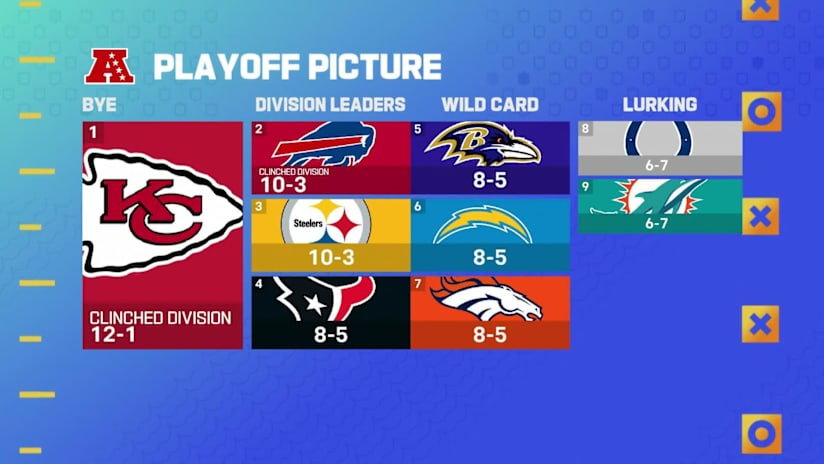Okay, so I’ve been wanting to simulate the NFL playoffs for a while, just for fun, to see if I could predict anything (spoiler: probably not!). I finally got around to doing it, and man, it was a bit of a rollercoaster. Here’s how it went down.

First, I needed data. I mean, you can’t simulate anything without some solid info, right? I spent a good chunk of time just gathering all the team stats from the regular season. Stuff like points scored, points allowed, yards gained, turnovers… all that good stuff. I mostly just pulled it off some of the main sports websites, copy and pasting like a madman.
Finding the Data (The Hard Part)
Honestly, organizing the data was probably the biggest pain. Getting it all into a spreadsheet that made sense took longer than I expected. I ended up creating a bunch of columns, color-coding stuff, and generally trying to make it something I could, you know, actually use. I probably could’ve written some fancy scripts to do this, but I’m not a programmer, so… spreadsheets it is!
The Simulation (The Fun Part!)
Once I had the data all nicely lined up, I started thinking about how to actually do the simulation. My first idea was super simple: just compare the average points scored by each team and say the team with the higher average wins. But that felt way too basic. It wouldn’t account for defense, or, like, anything else interesting.
So I decided to get a little more complicated. I figured I’d use both points scored AND points allowed. I basically calculated a “point differential” for each team (points scored minus points allowed) and used that as a starting point. I thought that gave a better, although still really simplified, picture of a team’s strength.
Then came the actual simulation part. For each matchup, I took the point differential for each team and added a bit of randomness. I mean, football games aren’t perfectly predictable, right? There’s always some element of chance, upsets happen, and so on. I used a random number generator to add or subtract a few points from each team’s differential. I messed around with the range of the random numbers a bit until it felt like it was giving reasonably realistic results.
- Step 1: Calculate point differential (Points Scored – Points Allowed).
- Step 2: Add some randomness! (Using a random number generator).
- Step 3: Compare the adjusted differentials. Higher number wins!
I did this for each playoff game, round by round, until I had a Super Bowl champion. It was pretty cool to see it all play out, even though it was just numbers on a screen. I ran the whole simulation a bunch of times, like maybe 20 or 30, just to see how often different teams made it to the end. The first few times, I had some really weird results, like teams that barely made the playoffs winning the whole thing. That’s when I tweaked the randomness a bit more, trying to find that sweet spot.
The Results (Mostly for Kicks)
In the end, it was more about the process than the actual results. It was a fun little project, and it helped me understand the data a bit better. I’m not saying my simulation is going to predict the actual Super Bowl winner, but it was definitely a fun way to spend a few evenings. And hey, if my predicted winner actually wins, I’m totally taking credit! (Just kidding… mostly.)












